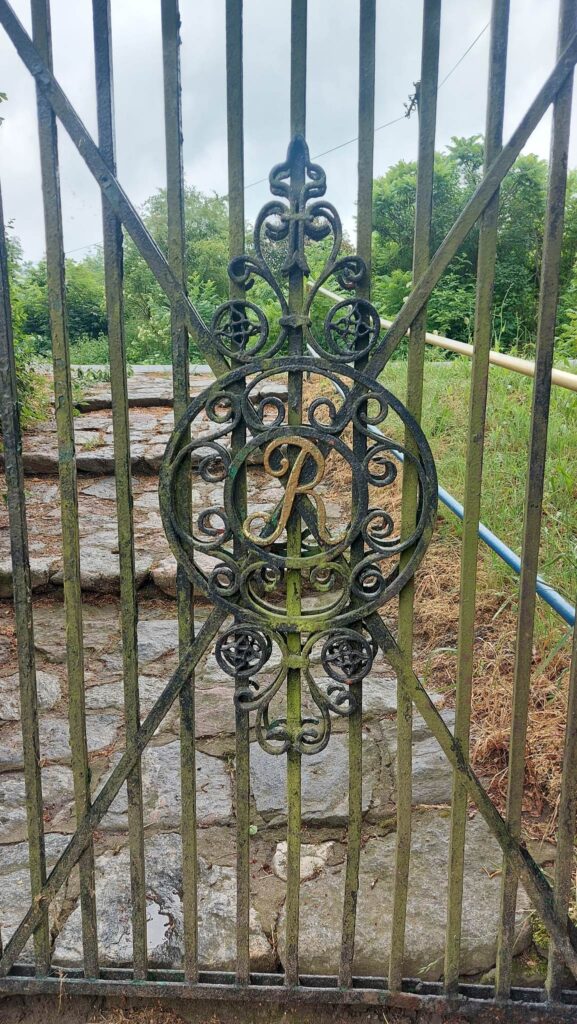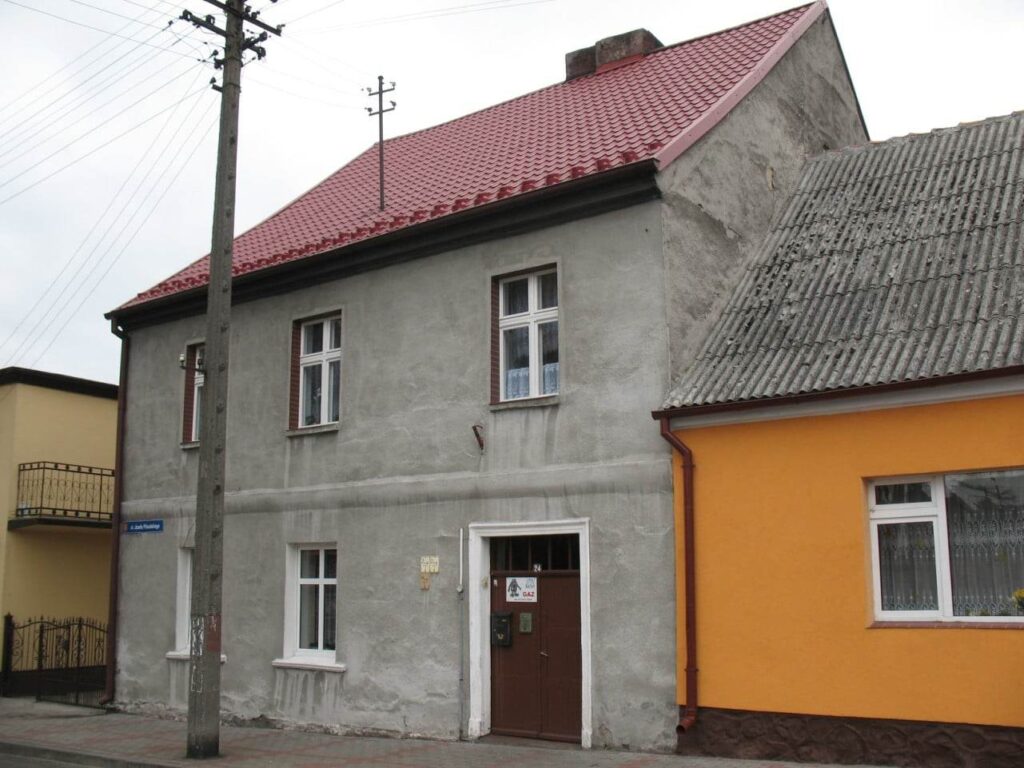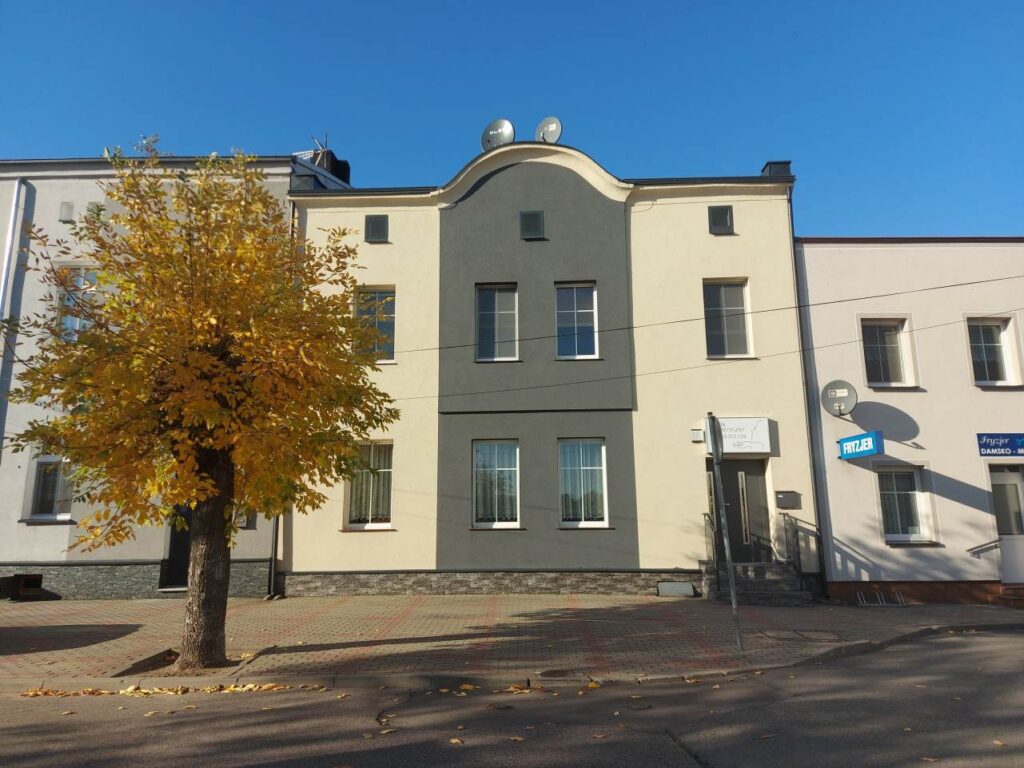The Chapel was built at the pond on an artificial peninsula in 1862. The Neo-Gothic chapel is made of brick and plastered, with a three-sided east-oriented apse and a squared porch on the west. There are stepped gables on the west side and in the niche, a stone statue of Saint Lawrence. Above the porch entrance, a stone bas-reliefs of a head of an angel, two griffins supporting an IHS monogram with a date 1688 and an illegible surname are visible. Inside the Chapel there are three Rococo altars, including the main altar and two side altars. Moreover, two tin candlesticks and a baroque painting of Our Lady of Sorrows can be found in the Chapel.



 Lubię tu wracać!
Lubię tu wracać! 









